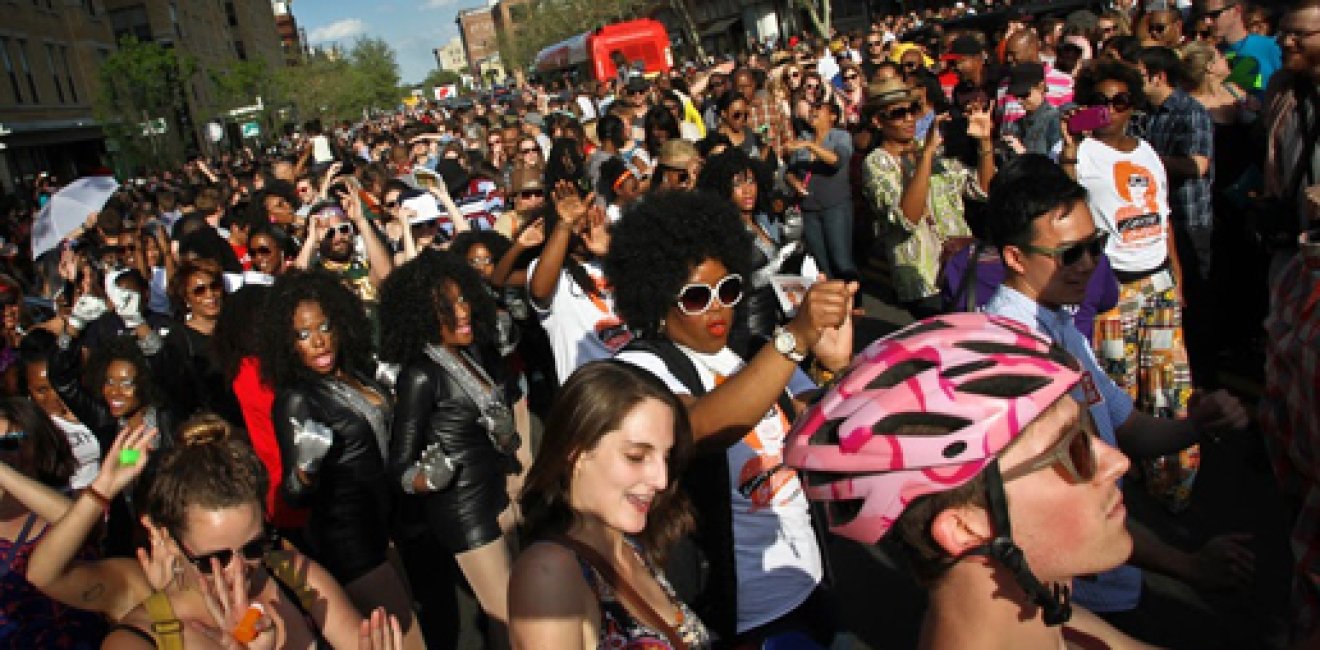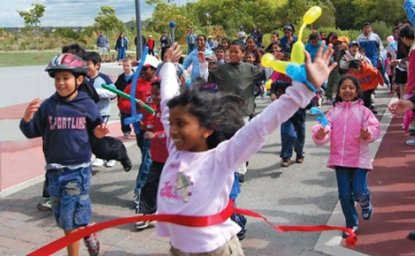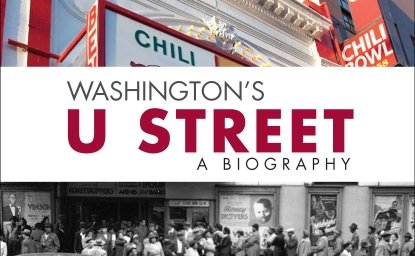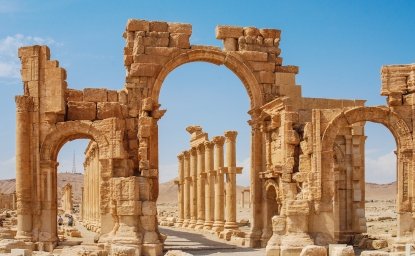Summary: Cities throughout the world face ethnic, racial, religious, and national diversity as a result of widespread migration. Despite instances of communal strife, diversity can be accommodated and even acknowledged as beneficial to the city. To achieve this, cities should create public spaces—both real and symbolic—to be shared by all and should reinforce the common necessities, especially commercial ones, that have brought the city together.
We live in a time of cities, as well as in a time of migration. A new urban reality has arisen with the influx of mobile populations often related to the globalization of economic and communication flows. Cities around the world have become agglomerations of ethnicities, religions, classes, and nationalities.
Creating socially sustainable cities that can accommodate migrants and their diversity requires policies that nurture shared identity and maintain spaces whose use can be shared by everybody, promoting a pragmatic pluralism and a culture of tolerance.
What Failure Looks Like
We have no difficulty thinking of failures of diversity management. Days of rioting in the Paris suburbs in October and November 2005 shocked a world more comfortable with thinking of the French capital as a city of romance. The major civil disturbances almost a decade ago have been followed in recent years by smaller but nonetheless serious street fighting involving French authorities, immigrants and the children of immigrants, and right-wing groups.
Just this year there has been a spike in anti-semitism in France which is home to the largest Jewish community in Europe. The first three months of the year saw reported acts of anti-Semitic violence skyrocket to 140 incidents, a 40 percent increase from the same period last year. This month, two young Jewish men were severely beaten on their way to synagogue in an eastern suburb of Paris.
Across the English Channel, London’s reputation as perhaps the world’s most successfully diverse city was rocked by nearly a week of disturbances during August 2011 in inner-city boroughs within the British capital, as well as in numerous other cities across England. While tensions subsided, a residue of visible resentment remains among many residents of both capitals. Meanwhile, Jerusalem, Sarajevo, and some American cities today suffer from old conflicts. Washingtonians remember race- and ethnicity-based outbreaks of violence within two miles of the White House in 1919, 1968, and 1991.
What Success Looks Like
Success is less conspicuous. It occurs when people live together quietly and is defined by the open conflict that does not happen. In Toronto, where nearly half the city’s population are foreign born, a block shared by a Middle Eastern grocery, a Jamaican gift store, and an Ethiopian spice market seems unexceptional. Venezuelans in Toronto learn to bake bagels to serve to Jewish customers—and Jewish customers learn to buy bagels from Venezuelan bakers—simply because it makes their lives easier. Tensions exist to be sure, but cities such as Toronto are able to convert diversity into an asset by embracing a pragmatic pluralism that emerges from a willingness born of necessity.
How to Get There
The processes by which diverse communities are incorporated into a particular urban region vary from city to city.
The particular history of place has an impact. A store can be central, as when Chicagoans of all races and classes found that they identified with Marshall Field’s department store, especially after it had been taken over by Macy’s. Local food—such as a Philadelphia cheesesteak—allows people who otherwise assume they share little to find common ground.
Sports teams often bring people together across all sorts of otherwise meaningful divides, as is evident when a local team wins a major championship. Baltimoreans of all races and classes joyfully celebrated the Ravens’ 2012 Super Bowl victory in a scene repeated in nearly every victorious city before and since. Such communal demonstrations hardly are limited to American cities. One dramatic moment of community unity across all the lines that can divide a city occurred when the Barça Football Club—the pride of Barcelona—won its first FIFA Club World Cup in 2009 (a celebration that can be repeated whenever the team defeats the hated Real Club from Madrid). These seemingly mundane moments foster a shared sense of place from which community emerges.
The public spaces that cities offer also have an impact. Cities must strive to provide protected public meeting places in which all kinds of people can interact with one another, incorporating their multiple histories of space, place, and identity. Mere co-presence can be an important first step toward something more meaningful. Specialists writing about Montréal’s extensive networks of parks, for example, have commented on how Francophone and Anglophone immigrants and natives all use the same park space with ease, even if they do not necessarily mingle with each other.
Policymakers need to build on such moments as they become more ambitious in their efforts to nurture shared identity. City residents need to relate to one another in a shared public manner that transcends individual and group needs and perceptions. A new playground in Washington’s rapidly gentrifying Brookland neighborhood began to attract different racial groups at different hours of the day until, after having been open only a few weeks, the facility began to attract people from all groups simultaneously. Soon, neighbors who had kept a wary distance were beginning to speak with one another. This small process is precisely the sort of seemingly minor opportunity that can lead to major changes in how communities function. Similarly, Washington’s First Annual Funk Parade, dancing through the rapidly changing U Street neighborhood in May 2014, brought together long-term residents with new arrivals of various races and economic groups in a joyous celebration of the city’s musical history.
A Washington Post article covered the similiar reaction of Washingtonians to a brass band on the streest of DC on a recent Friday night:
"The corner of 14th and U streets NW swelled with nearly 100 people rocking to a brass band’s Friday night street performance. Shoeless panhandlers were dancing with summer interns. Young professionals and baby boomers were shimmying next to one another. And a kaleidoscope of races shed inhibitions and bounced to a bold version of the 1990s R&B classic 'No Diggity.' In a largely segregated city trying to erase its reputation for stuffiness and stress, soul had burst onto this street corner."
From Tolerating to Sharing
Commenting on the emergence of Washington’s U Street as a place that draws different generations, races, and ethnic groups together, the community elder, jazz historian, and radio personality Jamal Muhammad recently observed that, while people of different races and ethnicities coexist along today’s U Street without commingling, such coexistence might be a first step toward something new. “One day,” he suggests, “there will be real diversity, and people will frequent the area and color won’t matter. We will all just hang out because we have the same interest.”
With this vision of the future as a promising goal, cities can take the following actions to promote a diverse and inclusive landscape:
- Cities should recognize and reinforce common points that help connect neighbors of differing backgrounds to a single place through festivals and celebrations.
- Cities should create protected shared spaces such as small parks which encourage unstructured communication among residents in order to convert diversity from a challenge to an asset by promoting tolerance and casual interaction.
- Cities should promote commerce that expands economic opportunity while bolstering contact among diverse communities and emphasizing shared opportunities.
The challenge for policymakers is to expand economic, social, and political spaces for different people while balancing any number of conflicting assumptions about appropriate behavior and policies. A new sensitivity embracing diversity as a value must be incorporated in policymaking, ranging from planning and development to health and education. The task need not be daunting even though such interventions may appear to add new expenses to already over-burdened budgets. It is important to recall that starting modestly may work more efficaciously than announcing grandiose plans.
Blair A. Ruble is vice president for programs at the Wilson Center and director of its Urban Sustainability Laboratory. A noted urbanist, he is the author of Washington’s U Street: A Biography.
Photo above by Luis Gomez: www.lgomezphotos.com






